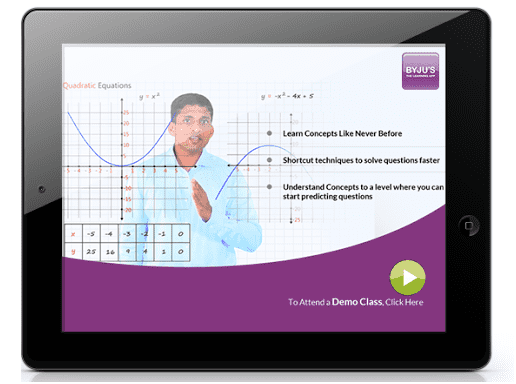
E-learning is becoming increasingly prominent in tertiary education, with universities increasing provision and more students signing up. But is it actually changing the way universities teach and students learn, or is it simply a case of students typing up their essays on computers and professors sending them course reading lists or work assignments by e-mail?
As the world is moving towards the digital age and more and more universities are trying to maximize the use of technology in education, one must consider both the advantages and disadvantages of doing so. Although the use of technology in the field of education has revolutionized the way we learn there are still some downsides of relying completely on technology to learn. E-learning systems are the storehouses of information, training and knowledge but at the same time, they could be the storehouses of misinformation, poorly guided training or bad knowledge.

Byju’s The Learning app has many different things to offer to students and has many advantages. With the combination of a well-organised e-learning system and a highly motivated student, one can achieve great success in a short period of time. Some of the major advantages of e-learning are listed below
Convenient for students
E-learning materials are self-paced and can be accessed any time the learner wants. They do not require the learner to be physically present in a classroom. Students can also download and save the learning materials for future purposes from the system. Students can download Ncert solutions and sample papers from websites online.
Lower cost
E-learning is usually a cost-efficient way of learning for most students as they can choose from a large range of courses and make the selection depending on their needs. It can also be cost-efficient for many universities because once the learning platforms are set up, they can be reused for many sessions.
Up-to-date learning materials
The study materials in e-learning systems can be updated more frequently than in the classroom-based education systems. Once the study materials are placed in the system, they can be updated without changing the whole materials and the materials can be available and reused for longer times.
Flexible way of learning
E-learning is a flexible way of learning for many students. Most of the study materials are stored for the students to access whenever they want. Students can also choose between an instructor-led and a self-learning system. In e-learning systems, it is also possible for students to skip over the study materials they already know and choose the ones they want to learn.
World-wide learning society
E-learning systems help in creating a worldwide learning society as anyone can access the study materials regardless of the geographical location. In the systems available now learners can also contribute to the study materials, which helps to keep the materials updated.


Comments